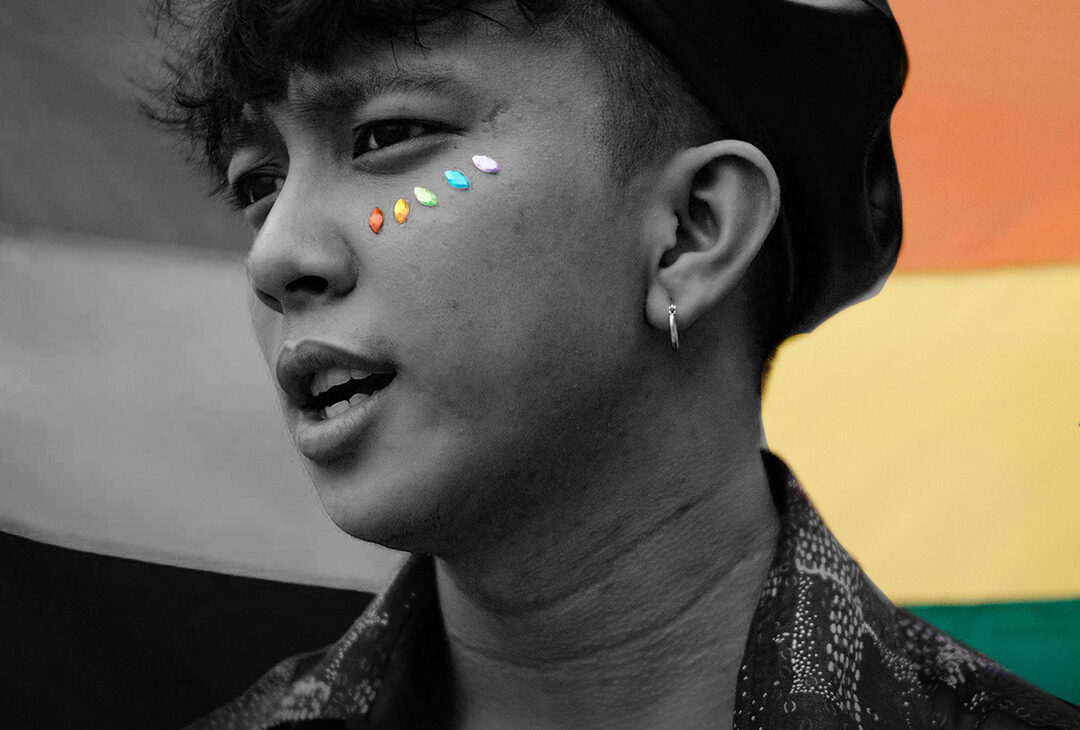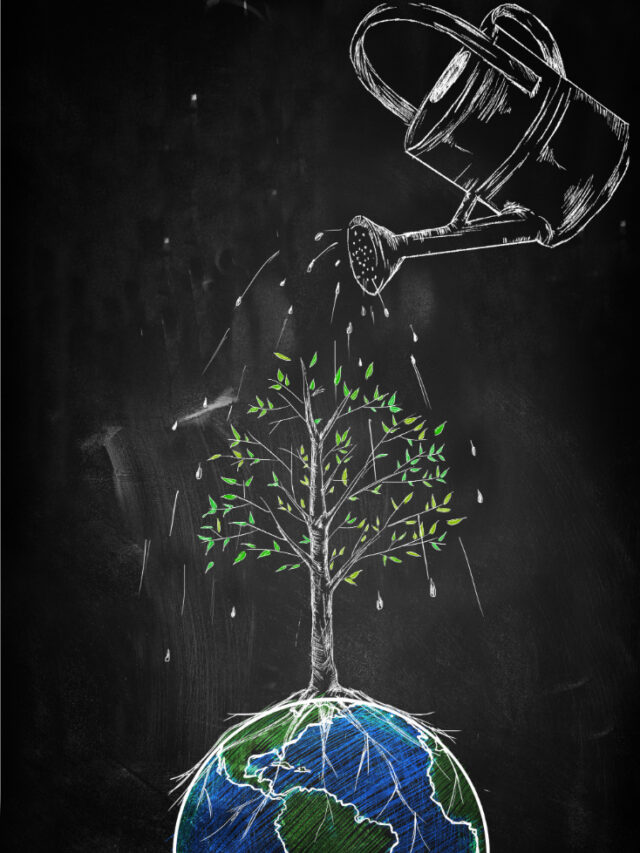Have you ever stopped to think about how love and identity were understood in different times and places? The West often paints a picture of a monolithic past where LGBTQ+ people were universally excluded.
But the truth, as with most things in history, is far more fascinating. A look at ancient Indian culture reveals a society with a much more nuanced perspective on love and gender, offering a valuable lesson in acceptance, for the modern world. Let’s take a look at the LGBTQ+ history in India, and LGBTQ+ rights in ancient India.
Discover more trending news here Latest News
A Third Gender and Acceptance in Art and Literature
Evidence abounds in the form of temple sculptures depicting same-sex relationships, with Khajuraho being a prime example. Ancient texts acknowledge a “tritiya-prakriti” (third gender) with terms for transgender individuals. The erotic manual, Kamasutra, even dedicates a chapter to exploring various expressions of sexuality, including same-sex relationships, this shows a significant historical LGBTQ+ acceptance
Religion and Fluidity
Hinduism, the dominant religion, offers a pantheon of deities with fluid gender identities. The concept of “Vikriti Evam Prakriti” from the Rigveda translates to “what seems unnatural is also natural,” suggesting an acceptance of diversity.








